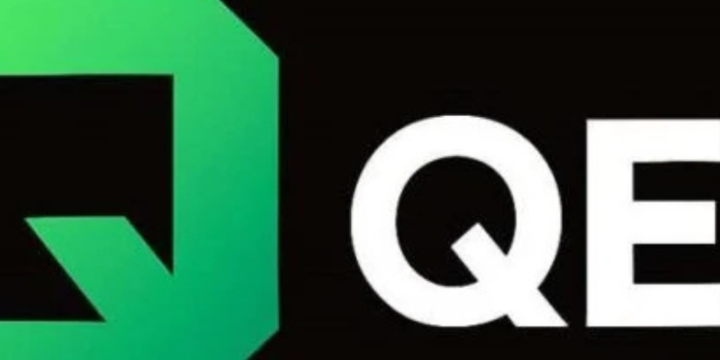International and national developments are accelerating the development of a joint innovation agenda for semiconductors and microelectronics. On November 14, companies, knowledge institutions, governments, and investors gathered to further connect two technologically strong ecosystems. The goal of this first Semiconductor & Electronics Joint Roadmap Event, organized by High Tech NL, ASML, Thales, and Holland High Tech, is to (swiftly) develop a future-oriented innovation agenda for the Dutch semiconductor and microelectronics supply chain.
This innovation agenda will be aligned with all existing and future activities in these two linked sectors, including the National Technology Strategy, Semiconductor Board NL, the six markets from the Ministry of Economic Affairs' "industrial policy with focus," national roadmaps, and European and global agendas. This first meeting was a success and will be followed by further meetings in 2026.
Background
The Dutch semiconductor supply chain is developing rapidly. International dynamics— driven by technological complexity, geopolitical shifts, and increasing interdependencies—call for clear choices and strong national programming aligned with the European agenda(s). Both the semiconductor and microelectronics sectors express the need for a shared foundation that guides innovation efforts, investment programs, and the Netherlands' positioning in European and global developments.
The event on November 15
During the event, ASML, Holland High Tech, ChipNL, TNO, and Invest-NL explained why an integrated innovation agenda is necessary, how it can contribute to greater coherence, clearer priorities, and stronger innovation capacity, and how it aligns with other initiativessuch as the NTS and action agendas.
Key topics discussed included:
- Connecting existing programs and activities, including the action agendas (NTS), the strategic programs and innovation councils (Holland High Tech), the ChipNL agenda, Semicon Board NL, and Project Beethoven.
- The structure of the joint roadmap and the key pillars of the individual roadmaps and associated technological dependencies of the various subtopics.
- The need for coherent programming instead of fragmented initiatives.
- The opportunities and challenges to enable further growth of deep tech and the necessary financing: scaling up, risk reduction, and ecosystem support are essential.
Attendees concluded that the innovation agenda should not become a static document, but a dynamic instrument that guides choices, investments, and collaboration throughout the entire value chain. The need to better connect ongoing initiatives and make them more transparent was widely shared.
There is a clear need for insight and collaboration within the broader innovation ecosystem: many activities, agendas, and programs are interconnected. There was a call for further collaboration between the ecosystems and their associated activities and programs, as well as a comprehensive understanding of what's happening. Holland High Tech will continue to collaborate with companies, knowledge institutions, and government agencies on further developing the joint innovation calendar and translating it into concrete programming and policy guidelines.





